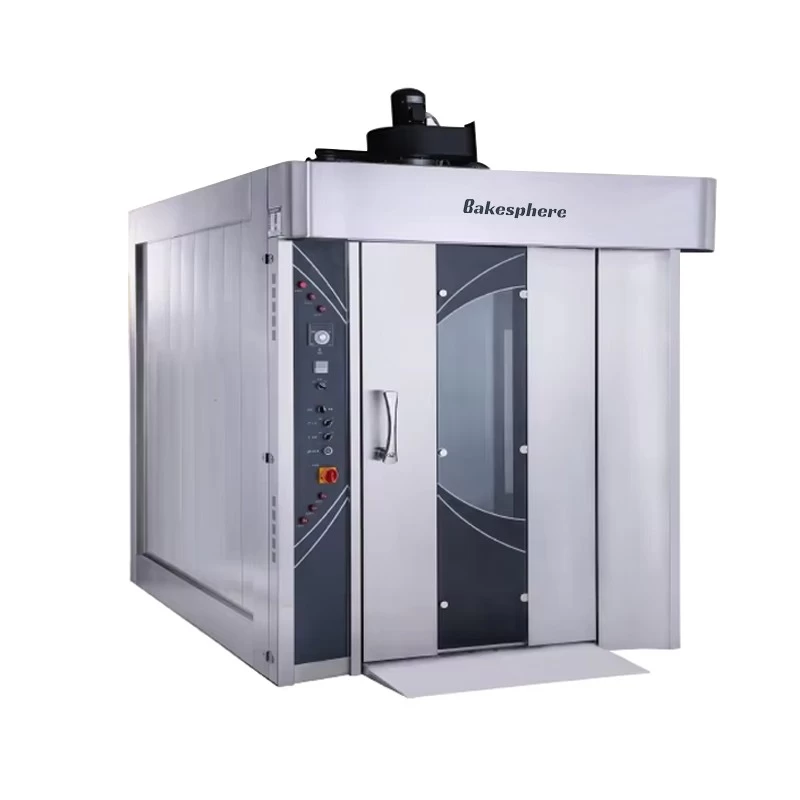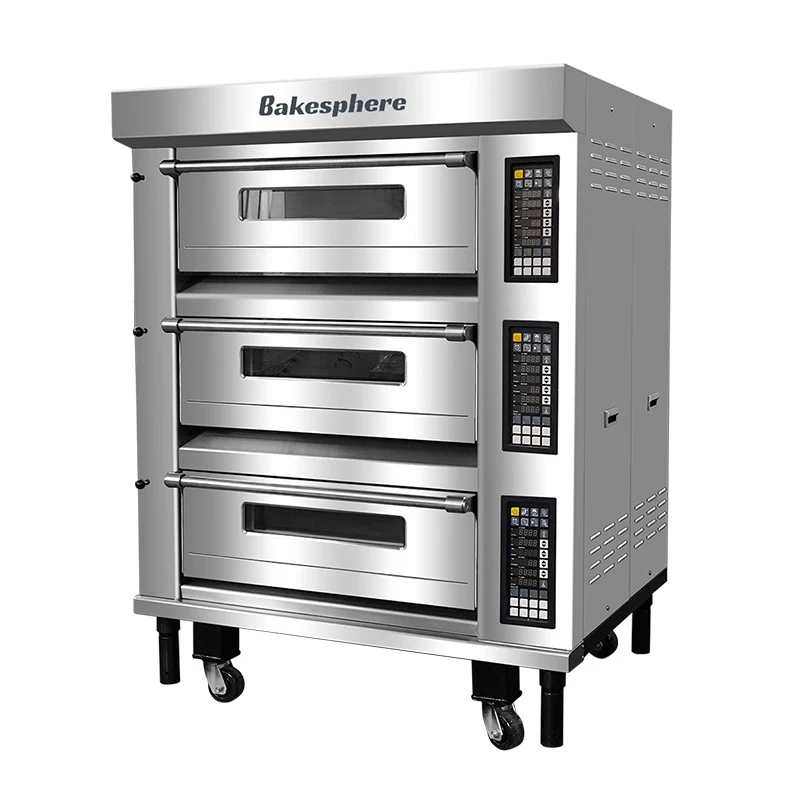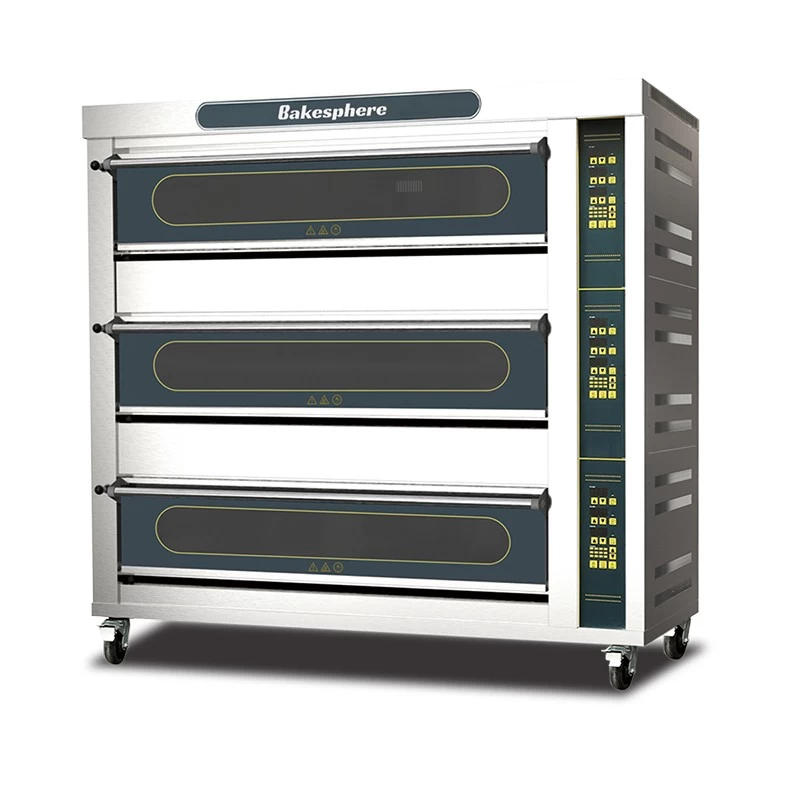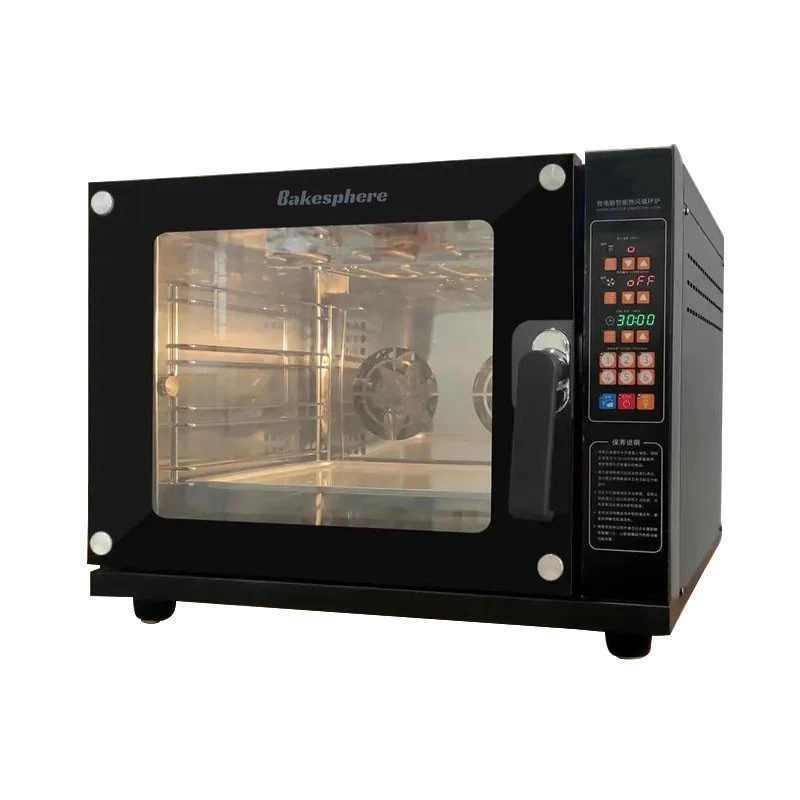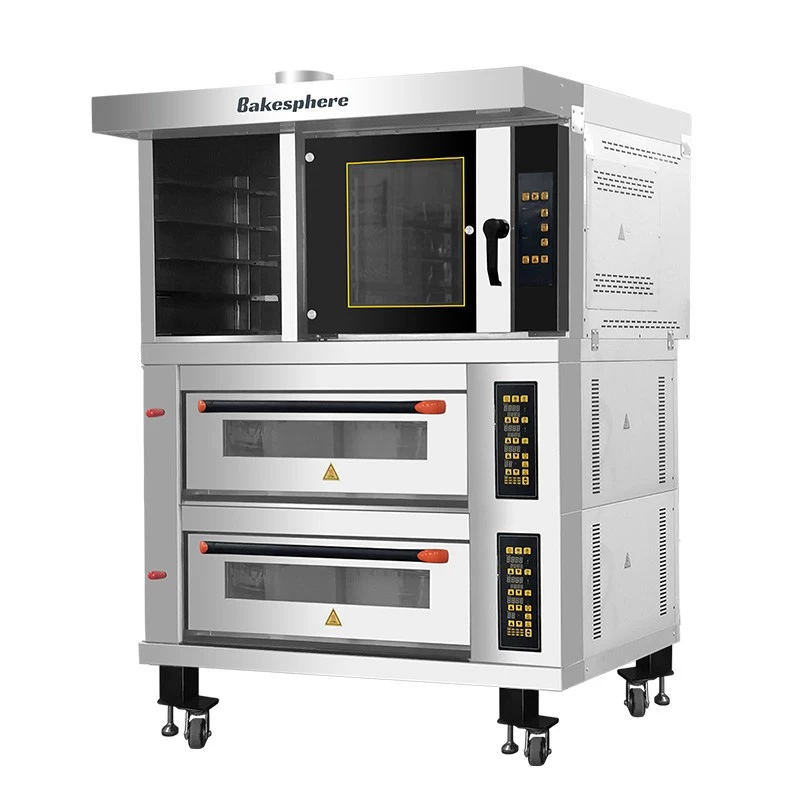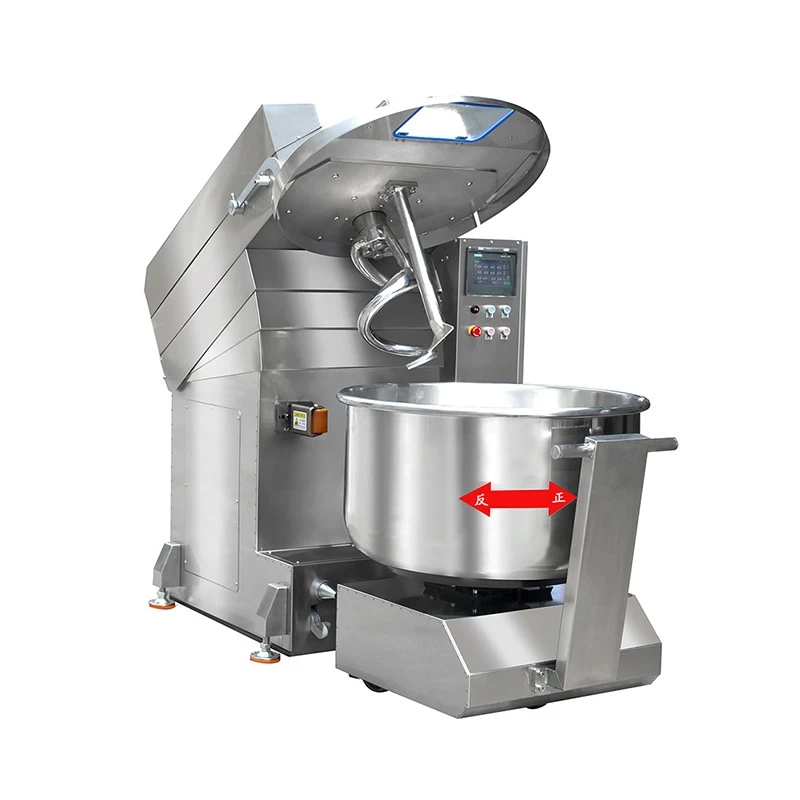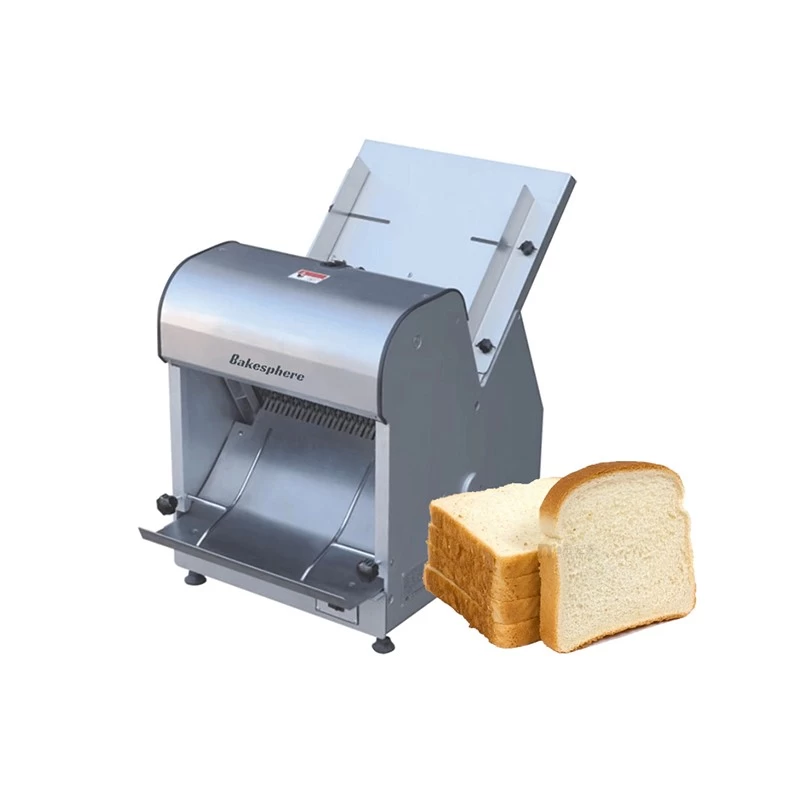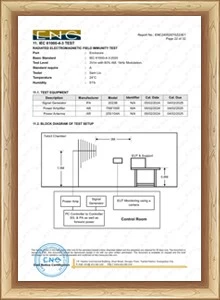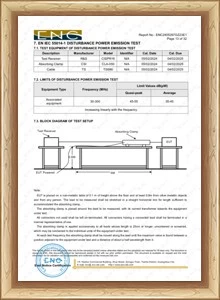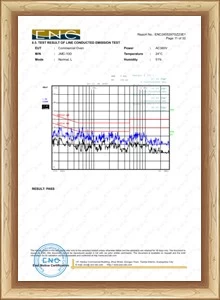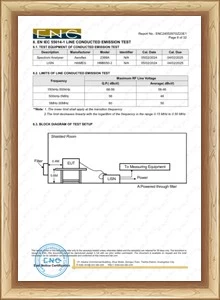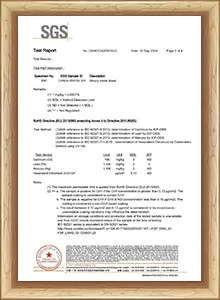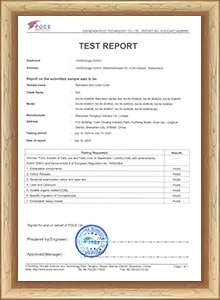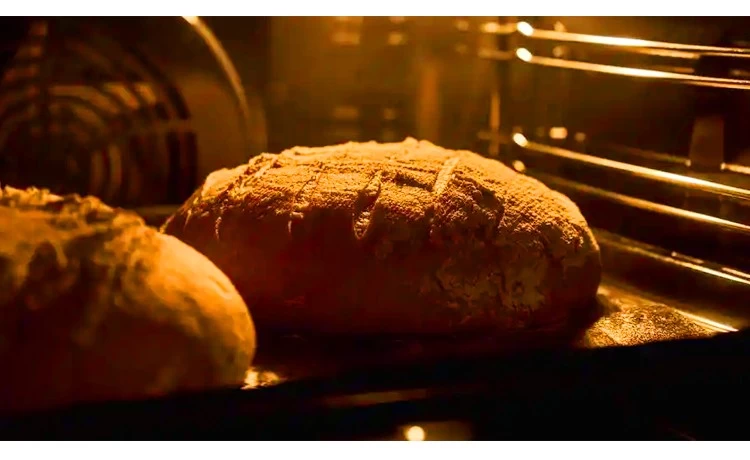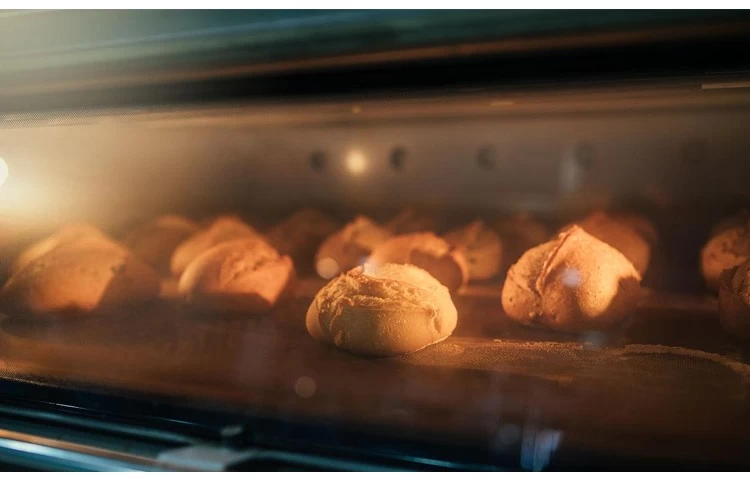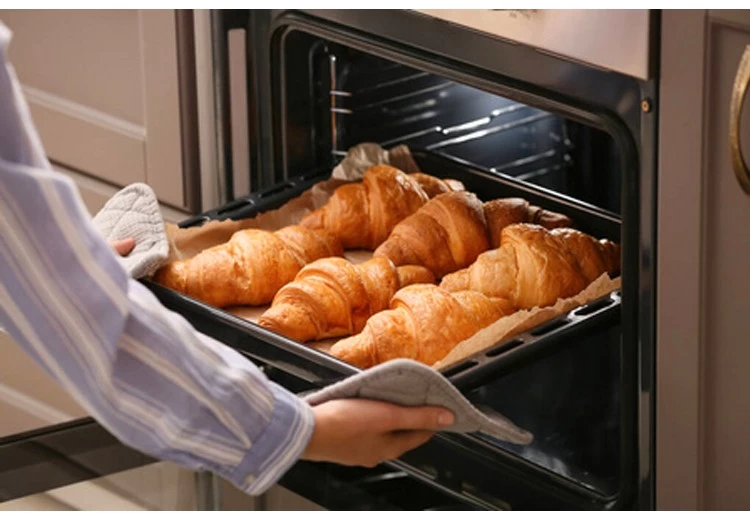Steam Injection in Commercial Ovens: Why It Matters for Bread Quality
Content
- 1.Introduction
- 2.What is Steam Injection in Ovens?
- 3.Why Steam Matters for Bread Quality?
- 4.Products That Benefits Most from Steam Injection
- 5.Steam Injection in Modern Ovens
- 6.Conclusion
1. Introduction
There is a noticeable difference between a loaf baked at home and one produced in a professional bakery. While homemade bread can be delicious, it often lacks the volume, crust, and shine that make bakery loaves so appealing to both the eye and the palate. The secret lies not only in the recipe or the skill of the baker, but also in the technology of the oven itself. One of the most important features that separates a commercial baking oven from a domestic one is its ability to inject steam during the baking process.
Steam injection may seem like a small detail, but it plays a critical role in professional bread baking. By releasing controlled bursts of steam at just the right moment, a commercial oven helps dough achieve maximum expansion before the crust sets, resulting in taller, more uniform loaves. Steam also keeps the surface of the dough moist, allowing starches to gelatinize and creating that signature glossy, golden-brown crust customers expect from artisan bread.
For bakeries, the ability to consistently deliver breads with beautiful appearance, rich flavor, and ideal texture is non-negotiable. This is why steam injection technology has become a standard in modern commercial ovens, and why bakeries of all sizes should prioritize it when choosing equipment. In short, steam is not an optional feature—it is a cornerstone of professional bread quality.
2. What is Steam Injection in Ovens?
At its core, steam injection is the process of introducing controlled bursts of water vapor into the baking chamber at specific points during the bake. While this may sound simple, the impact it has on bread quality is profound. In a professional setting, steam is usually released at the beginning of the baking cycle, when dough undergoes its most rapid expansion—often referred to as oven spring.
Unlike conventional ovens, which rely solely on dry heat, a commercial baking oven with steam injection can create an atmosphere of balanced humidity. This moisture prevents the surface of the dough from hardening too quickly, allowing the bread to continue rising before the crust sets. Once the steam dissipates and dry heat resumes, the exterior firms up into a crisp, caramelized crust while the interior remains soft and airy.
The method of generating steam varies depending on the oven type. Deck ovens often use built-in steam pipes or manual steam trays, while rotary ovens and advanced convection ovens are equipped with automatic steam systems that ensure consistent delivery across multiple batches. In all cases, the principle is the same: precise humidity control to enhance texture, flavor, and appearance.
As a professional baking equipment supplier in China, Bakesphere integrates advanced steam injection technology into its ovens, enabling bakeries worldwide to achieve reliable results and bakery-quality bread every time.
3. Why Steam Matters for Bread Quality
Steam may be invisible, but its effect on bread is unmistakable. In commercial baking, the introduction of steam during the early stages of baking transforms an ordinary loaf into one that meets the gold standard of volume, crust, and texture. Here’s how steam impacts bread quality in key ways:
a) Crust Formation
Steam keeps the outer layer of dough moist during the crucial first minutes of baking. This delay in crust setting allows the dough to expand freely. Once the steam dissipates, the surface firms up, producing a crisp, evenly browned crust that is both visually appealing and satisfying to bite into.
b) Oven Spring (Volume & Shape)
One of the biggest differences between home bread and bakery bread is the dramatic rise in the oven. Steam softens the dough’s surface, giving it the flexibility to expand fully. This results in loaves that are taller, rounder, and more uniform in shape—hallmarks of professional baking.
c) Shine & Color
That distinctive glossy sheen on artisan breads isn’t just cosmetic—it’s a sign of proper steam use. Steam causes surface starches to gelatinize, creating a smooth, golden finish that customers immediately associate with quality.
d) Texture & Shelf Life
Beyond appearance, steam contributes to a perfect balance between a crisp crust and a soft, airy interior. It also helps retain internal moisture, slightly extending the bread’s freshness and shelf life—an important advantage for bakeries managing daily production.
In short, steam injection doesn’t just add moisture; it ensures that every loaf baked in a commercial oven meets the professional standards of consistency, quality, and customer appeal.
4. Products That Benefit Most from Steam Injection
While steam injection enhances almost any type of bread, certain products see the most dramatic improvements in quality, appearance, and texture. Understanding which baked goods benefit the most can help bakeries maximize the value of their commercial ovens.
Artisan Breads
Classic artisan breads like baguettes, sourdough, ciabatta, and boule rely heavily on steam to achieve their characteristic oven spring, open crumb structure, and crisp crusts. The initial burst of steam allows the dough to rise fully before the crust forms, resulting in the tall, airy loaves that customers expect from professional bakeries.
Enriched Breads
Brioche, challah, and other enriched doughs contain eggs, butter, or sugar, making them prone to drying out during baking. Steam helps retain moisture, prevents premature crust formation, and produces a glossy, even finish, giving these delicate breads a luxurious appearance and soft interior.
Pastries and Laminated Dough
Croissants, Danish pastries, and other laminated doughs also benefit from steam injection. The moisture keeps outer layers pliable while allowing the dough to expand properly, creating multiple flaky layers and a golden, crisp exterior.
Specialty Breads and Rolls
Even smaller products like dinner rolls or sandwich buns gain from steam, achieving uniform shape, soft texture, and a professional-looking sheen.
By using ovens with precise steam injection systems, bakeries can ensure that every batch—from artisan loaves to delicate pastries—delivers consistent quality, attractive appearance, and desirable texture, helping them stand out in a competitive market.
5. Steam Injection in Modern Ovens
Modern commercial ovens have revolutionized bread baking by integrating precise steam injection systems that give bakeries consistent results batch after batch. Unlike older ovens, which relied on manual steam or ambient humidity, today’s ovens can automatically deliver controlled amounts of steam at the optimal stage of baking, ensuring each loaf rises, develops, and browns perfectly.
Deck ovens, commonly used in artisan bakeries, often feature built-in steam pipes or manual steam trays that allow bakers to release moisture precisely when needed. Rotary ovens and advanced convection ovens, on the other hand, are equipped with automatic steam generation systems that can be programmed for specific recipes and production volumes. These systems maintain uniform humidity across the baking chamber, allowing multiple trays or racks to achieve identical quality, which is essential for industrial-scale production.
Precise steam control is crucial not only for bread but also for pastries and specialty baked goods. Modern ovens can vary the duration, intensity, and timing of steam injection depending on dough type, oven load, and desired crust characteristics. This flexibility allows bakeries to experiment with recipes, achieve consistent artisan finishes, and reduce waste from inconsistent bakes.
At Bakesphere bakery oven manufacturer in China, our ovens are designed with professional steam injection technology to maximize loaf volume, enhance crust formation, and deliver uniform browning. Whether for a small artisan bakery or a high-capacity industrial line, Bakesphere’s ovens ensure every batch meets the highest standards of quality and consistency, helping bakeries elevate their products and satisfy customer expectations.
6. Conclusion
Steam injection is more than just a feature—it is a cornerstone of professional bread baking. From enhancing oven spring and loaf volume to creating a crispy, golden-brown crust and improving texture, steam plays a critical role in achieving bakery-quality results that home ovens simply cannot replicate. Its impact extends beyond artisan breads to enriched doughs, laminated pastries, and even everyday rolls, ensuring every product meets the high standards expected by customers.
Modern commercial ovens with advanced steam injection systems provide bakeries with precise control over humidity, timing, and intensity. This technology guarantees consistent results across batches, reduces waste, and allows for greater experimentation with recipes and baking styles. Whether in a small artisan bakery or a large-scale industrial production line, steam injection makes the difference between ordinary and exceptional bread.
At Bakesphere bread baking oven factory in China, our commercial ovens are engineered with professional-grade steam injection systems to help bakeries maximize product quality, consistency, and visual appeal. Investing in an oven with reliable steam technology ensures every loaf and pastry leaves the oven perfectly baked, satisfying both bakers and customers alike.
For bakeries looking to elevate their baking, steam injection is not optional—it’s essential. Explore Bakesphere ovens and experience the professional advantage in every bake.

